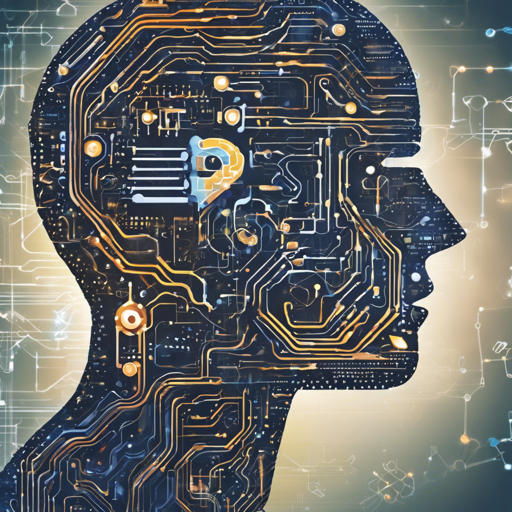Welcome to your guide on utilizing the remarkable OpenVLA 7B model! This open-source vision-language-action model is designed to interpret language instructions and camera images to control robot actions. Whether you are a researcher, developer, or AI enthusiast, this article will provide a user-friendly approach to help you understand and implement OpenVLA 7B.
What is OpenVLA 7B?
OpenVLA 7B is an innovative model powered by artificial intelligence, trained on 970,000 robot manipulation episodes derived from the Open X-Embodiment dataset. It allows for seamless interaction between natural language and visual input, enabling robots to follow instructions based on images and text. The model excels at controlling multiple robots with minimal fine-tuning.
Model Overview
- Developed By: A team from Stanford, UC Berkeley, Google Deepmind, and the Toyota Research Institute.
- Model Type: Vision-Language-Action
- Languages Supported: English
- License: MIT License
- Pretraining Dataset: Open X-Embodiment
Functionalities of OpenVLA 7B
OpenVLA models allow you to input language commands and visual imagery, predicting robot actions defined as 7-DoF end-effector deltas. This includes:
- x, y, z positions
- Roll, pitch, and yaw rotations
- Gripper action
However, to execute these actions on actual robots, the predicted movements must be un-normalized—so do consider this when deploying.
Getting Started with OpenVLA 7B
Getting started with OpenVLA is straightforward! Here’s a simple step-by-step guide:
- Install the required dependencies using pip:
- Load the model using the following Python code:
- Replace the ‘INSTRUCTION’ in the prompt with your specific command.
pip install -r https://raw.githubusercontent.com/openvla/openvla/main/requirements-min.txtfrom transformers import AutoModelForVision2Seq, AutoProcessor
from PIL import Image
import torch
# Load Processor
vla_processor = AutoProcessor.from_pretrained('openvla/openvla-7b', trust_remote_code=True)
vla_model = AutoModelForVision2Seq.from_pretrained(
'openvla/openvla-7b',
attn_implementation='flash_attention_2', # Optional
torch_dtype=torch.bfloat16,
low_cpu_mem_usage=True,
trust_remote_code=True
).to('cuda:0')
# Get image from camera
image: Image.Image = get_from_camera(...)
prompt = "In: What action should the robot take to INSTRUCTION?"
# Predict Action (7-DoF; un-normalize for specific setups)
inputs = vla_processor(prompt, image).to('cuda:0', dtype=torch.bfloat16)
action = vla_model.predict_action(**inputs, unnorm_key='bridge_orig', do_sample=False)
# Execute the action
robot.act(action, ...)Troubleshooting
If you encounter issues, here are some troubleshooting tips:
- Ensure all dependencies are installed correctly; run the pip command again if needed.
- Double-check that your input images are in the correct format for processing.
- When using the model in different environments, refer to the un-normalization process for the specific robot.
- For more insights, updates, or to collaborate on AI development projects, stay connected with fxis.ai.
Conclusion
At fxis.ai, we believe that such advancements are crucial for the future of AI, as they enable more comprehensive and effective solutions. Our team is continually exploring new methodologies to push the envelope in artificial intelligence, ensuring that our clients benefit from the latest technological innovations.

